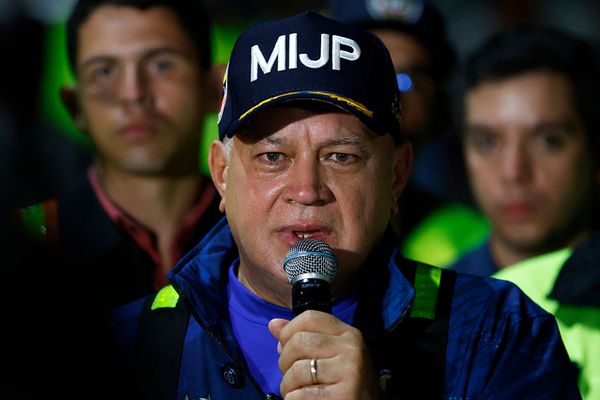
Australia could be a global leader in net-zero alumina refining under a plan developed with three major producers.
The coast-to-coast road map to net zero emissions by 2050, released by the federal Australian Renewable Energy Agency on Wednesday, was prepared by Deloitte in consultation with Alcoa, Rio Tinto and South32.
Australia is the world's largest exporter of alumina with refining contributing three per cent of the country's total greenhouse gas emissions, and is also a significant producer of the raw material bauxite.
European and North American markets want cleaner alumina and aluminium products for making mobile phones, laptops and cars, sparking new demands for alternative refining and smelting technologies.
But the refineries currently use fossil fuels, which makes up 95 per cent of their emissions, and consume more than 221 petajoules of energy a year - or enough to power Tasmania.
The report found that abundant low-cost wind and solar energy and significant local expertise could transform the sector, which has been one of the toughest to crack in decarbonising Australia's resource-intensive economy.
"Alumina refining has always been considered a hard-to-abate sector with significant barriers to reducing emissions," ARENA CEO Darren Miller said.
"Now, we have Australia's biggest alumina producers coming together with ARENA to develop a clear and credible pathway to reducing emissions in the industry."
So-called green premiums paid for low-carbon alumina are emerging but aren't high enough to support rapid adoption of new technologies without government support, the report found.
Changes to the safeguard mechanism that covers industrial emissions and is currently under review are seen as another risk.
Deloitte identifies four key decarbonisation technologies that could allow refineries to use renewable energy instead of fossil fuels and reduce emissions from Australia's six alumina refineries by up to 98 per cent.
"What we need now is coordinated investment to accelerate the commercialisation of these technologies," Mr Miller said.
Fast-tracking electric boilers and a method known as mechanical vapour recompression could result in emissions reductions from 2027, while green hydrogen and electric calcination technologies come next decade.
The new electric calcination technologies, which allow energy currently lost to the atmosphere as steam to be captured and reused, would also reduce the drain on water supplies.
ARENA is already funding the industry to explore new technologies, including Alcoa's trials at its refineries in WA and Rio Tinto's feasibility study at its Yarwun refinery in Gladstone.
But access to clean energy, transmission and hydrogen fuel will be crucial, with delays putting the net zero by 2050 target at risk.
Four of the six Australian refineries are in Western Australia, and are connected to the state's electricity grid. The other two refineries are in Queensland and are connected to the national electricity market.
The Yarwun and Queensland Alumina Limited refineries are in a declared renewable energy zone and near the proposed Gladstone hydrogen hub, while WA's Kwinana refinery is also close to a proposed hydrogen hub.







